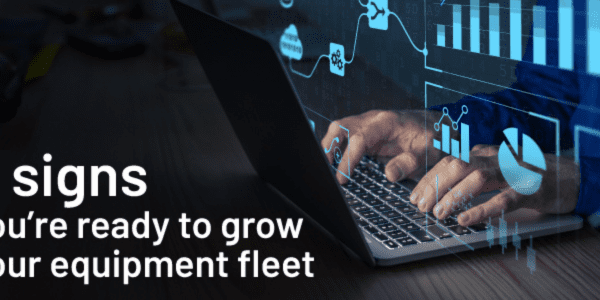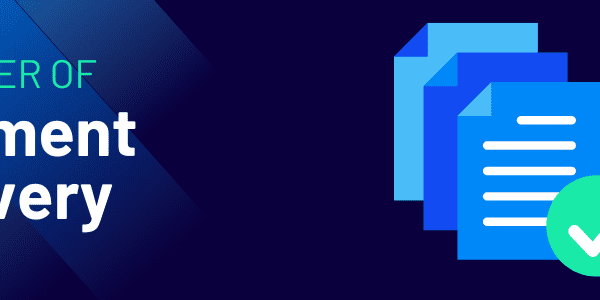
Rental companies are complex businesses that rely on robust and always available software to run their business. A stable system supports continued business development, operational efficiencies and happy customers and employees.
After years of working with equipment rental companies, I have some suggestions on how you can get the most from your Rental ERP provider.
1. Partnership with Your Provider is Key
Is your ERP provider a vendor or a partner? If they are a partner, it is in both parties’ best interest to provide a service that will keep your business running optimally. One way to do that is with knowledge exchanges. Schedule periodic wellness checks to review new and existing business processes and map out how the actions translate into system functionality. Having your vendor understand your process and what makes your business unique will enable productive exchanges of information.
For example, a new feature is available as part of an upcoming release. If your vendor contact understands your line of business, they will be able to recommend how best to utilize the new functionality to increase value. Or even more importantly, counsel against turning on the new feature as it may introduce a gap between process and functionality. A wellness check is best accomplished in person with whiteboard sessions.
2. You Can Never Have Too Much Training
During the implementation phase, a lot of time is spent training. But what about later? Taking an active approach to training ensures that your user community is up to date on functionality available and how to use it.
Many vendors provide online training and white papers as part of their Customer Care site. Taking advantage of that information might make phone conversations more meaningful – a “how to best accomplish something” type call as opposed to “what does this mean”. While human interaction could be interesting, knowing a repository of information is available 24/7 adds peace of mind. Additionally, take a proactive approach to training material – create cut sheets and quick guides for your normal business processes. Having a collection of training material lessons the likelihood of human error and makes onboarding new personal a smoother transition.
3. Have Clear Handoffs for First-Level Support
Having a successful partnership with your ERP provider includes understanding roles and responsibilities. Who is handling first level support? Is it an internal IT resource or a vendor? First level support responsibilities generally include tasks such password resets, printer output issues, validating user network connectivity and administering user authority. First level support could also include validating a user’s claim that an application is not functioning as expected. At the start of the vendor-client relationship establishing expectations is paramount. Miss handling the day-to-day of first level response could sink a vendor’s help desk while slowing down activity to a crawl within your business as normal practices are interrupted by issues such as a printer losing connectivity.
4. Be Prepared
Organizations generally have playbooks and intricate plans in case of a natural disaster. But what about something more basic? Is your business prepared if a tape drive goes kaput on a Saturday night during a system save? Your software vendor has sent you an electronic file with the newest version of the Accounts Payable process – but there is a problem. Your server is out of space and thus, you are stuck until a priority one upgrade to the server memory can be scheduled. Which will likely require a premium due to the lack of lead time. An important decision needs to be made – is your internal I/T Operations Department able to keep up with these sorts of needs? If not, it could be time to move to a cloud or hosted solution.
A successful ERP installation is more than metrics and return on investment. Stability and reliable performance are catalysts in growing a business. Internal users, decision makers and relationships with vendors and customers depend on information that is gathered from your ERP. It is imperative that the ERP can be trusted to present the data in a manner that will promote your business’s continued success. The points made in this article are suggestions on how to improve upon the value your ERP is providing.
Contributed by Ashish Udeshi, a project manager with Wynne with over 15 years of software experience. He has been involved with some of Wynne’s largest scale implementations and development projects.





